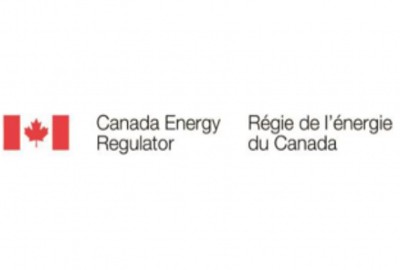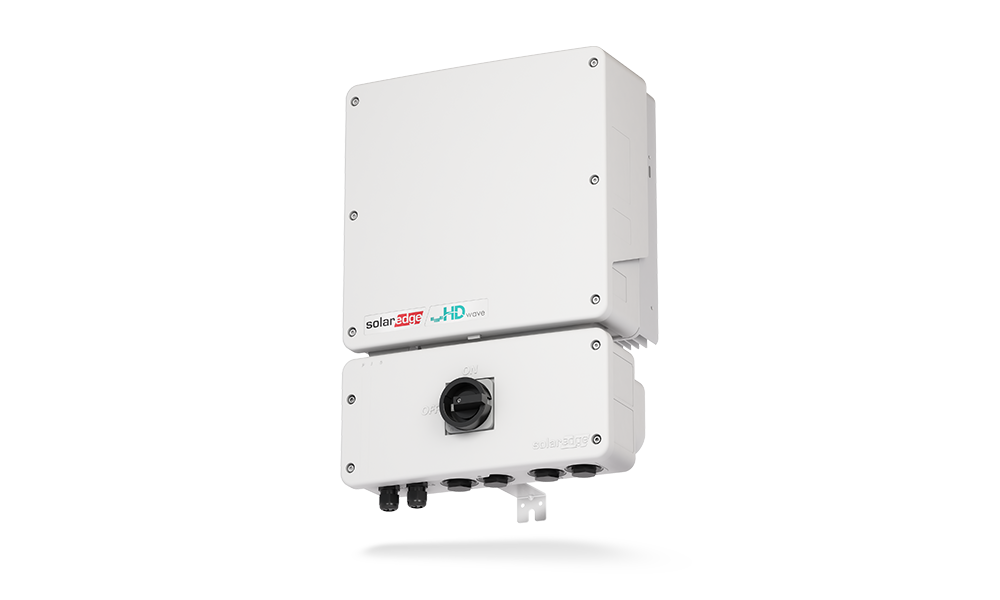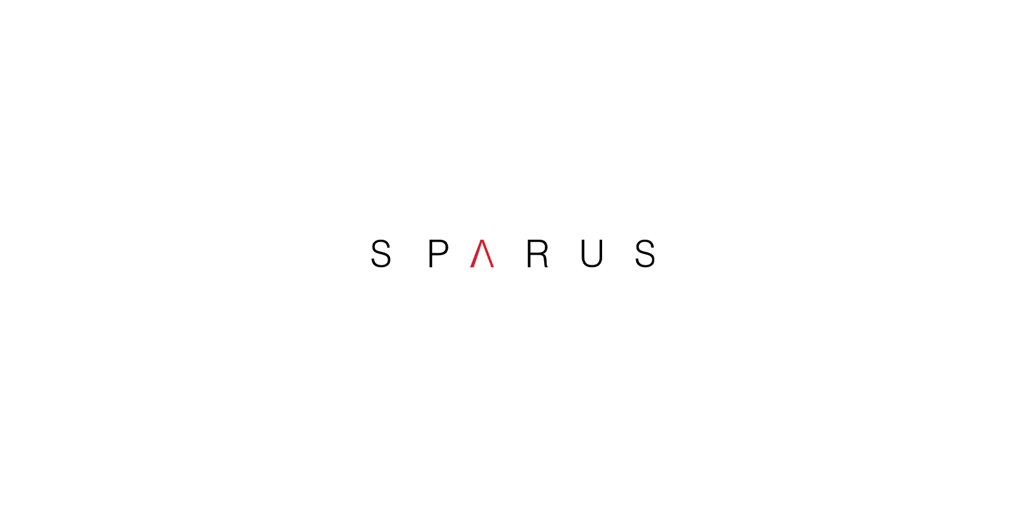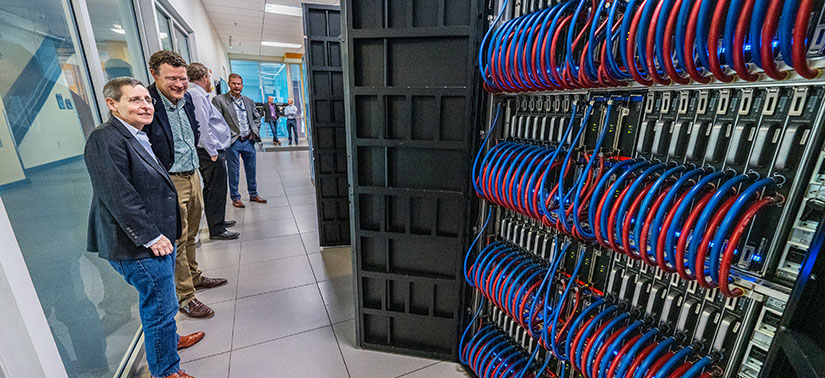Ukrainian iron ore producer Ferrexpo recently reported a 59% increase in its commercial production for H1. This figure, derived by comparing current numbers to the previous six months, has the potential to significantly impact global iron ore prices. Indeed, the total production of pellets and commercial concentrate for the first six months of 2023 came to almost 2.13 million metric tons. Ferrexpo data showed this represents a 1.33 million metric ton increase from H2 2022.
“Despite the ongoing conflict in Ukraine, and associated energy and logistics constraints during the first half of the year, the group successfully operated two pelletiser lines,” the London-listed company stated on July 6. “The second of which was recommissioned earlier in the year, ramping up to add additional flexibility and capacity,”
Empower your metal purchasing with the latest market analysis and strategic advice during times of fluctuating metal demand. Sign up for MetalMiner’s free weekly newsletter here.
Production Facts and Figures
Total pellet production consisting of 65 Fe content came to 1.97 million metric tons. Ferrexpo noted that this represents a 57% jump from the 1.26 million metric tons seen in H2. “The focus on higher-grade iron ore production continued during the quarter, all grading 65% Fe or above, and comprised entirely of high-grade blast furnace pellets,” the company said.
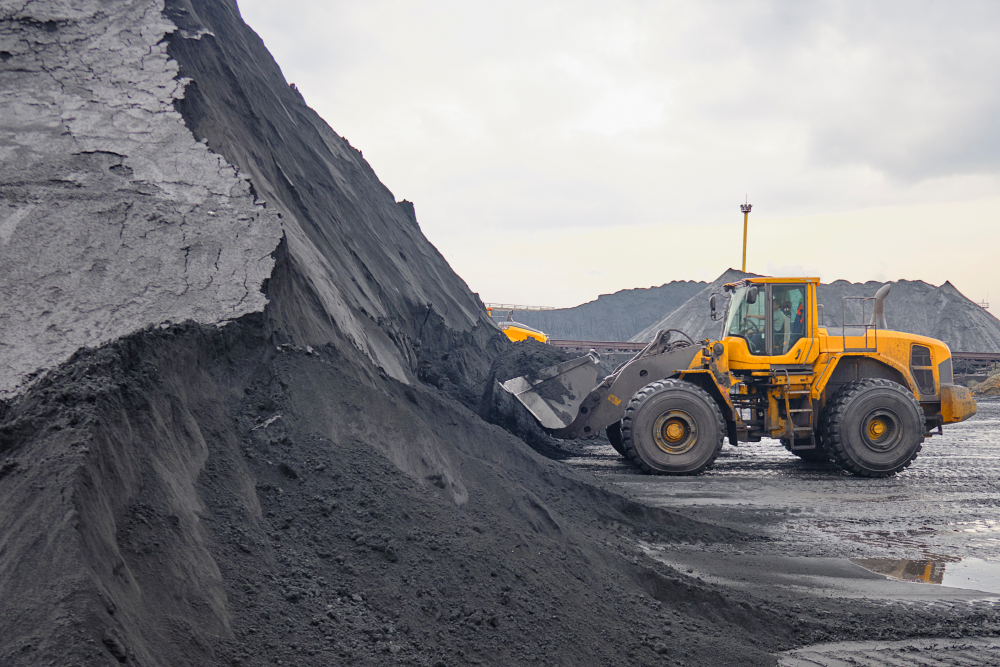
Meanwhile, the production of direct reduction pellets with 67% Fe content declined to 0 from 263,000 metric tons in the previous half, as reported by sources covering iron ore prices. That said, basic pellets with 62% Fe remained unchanged at 0 tons from H2. Pellets are a premium product that steelmakers charge directly into a blast furnace for iron production. Concentrate, on the other hand, must undergo a sintering process to burn off impurities before entering the furnace. Ferrexpo also noted that commercial concentrate production rose 51% to 160,000 metric tons from 106,000 metric tons.
Production Increases, but Declines Still Happening. Iron Ore Prices Bearish?
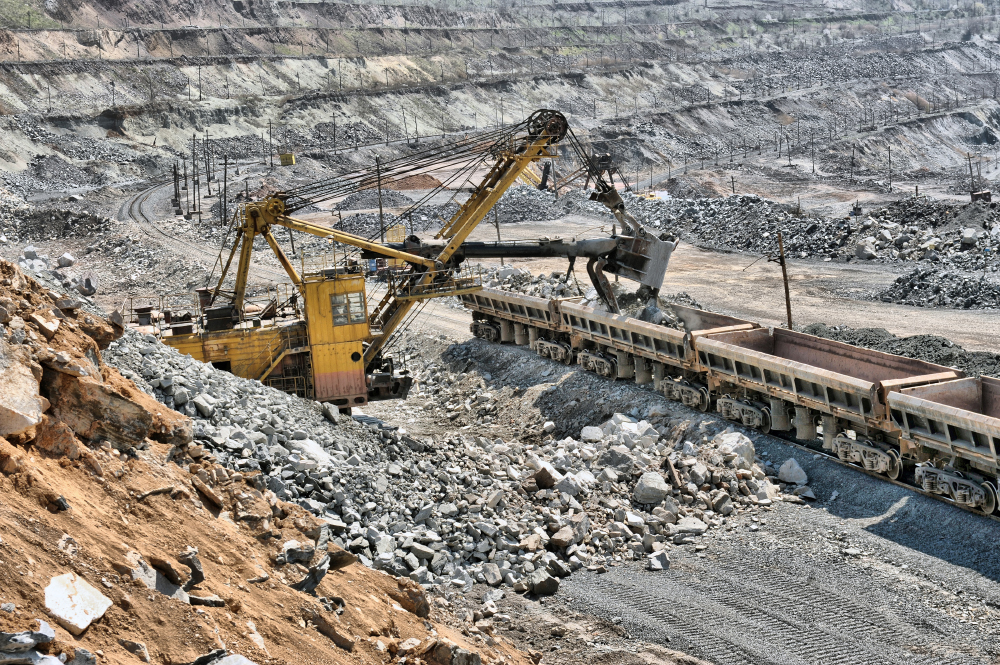
Despite the positive production results half-on-half, year-on-year results show declines of over 50%. However, total commercial production in H1 of 2022 was almost 4.8 million metric tons. This is more than twice the volume produced in H1 of the current year. Pellets with 65% Fe content came to almost 4.1 million metric tons in the first six months of 2022, while 67% Fe production reached 90,000 metric tons. Meanwhile, commercial concentrate production increased several-fold from the 19,000 metric tons produced in H1 2022.
Of course, Ferrexpo made sure to address the reality of these figures in their statement. “Due to the ongoing war in Ukraine, and the multiple challenges that this places on production, it is not considered appropriate at the current time to compare quarterly and half-yearly production numbers to the same period last year, i.e. Q2 2023 to Q2 2022 and H1 2023 to H1 2022.” The company noted that this decision was “because the circumstances in which they are produced are different.”
Go into your 2024 contract negotiations with confidence. MetalMiner’s 2024 Annual Budgeting & Forecasting Workshop on August 9th will cover all of the key points and strategies procurement professionals need to know for their 2024 contract negotiation sessions.
The War Continues to Impact Operations Beyond Ukraine
Ferrexpo’s production assets are in northeast Ukraine’s Poltava oblast. They consist of the main Poltava mine as well as the Yeristovo and Belanovo mines. Together, these contain a total of 3.31 billion metric tons of JORC-compliant mineral resources. The group said it plans to continue operating with one and two pellet lines for the remainder of 2023. This aligns with H1, though it assumes no further material changes to the operating environment and logistics availability in Ukraine.
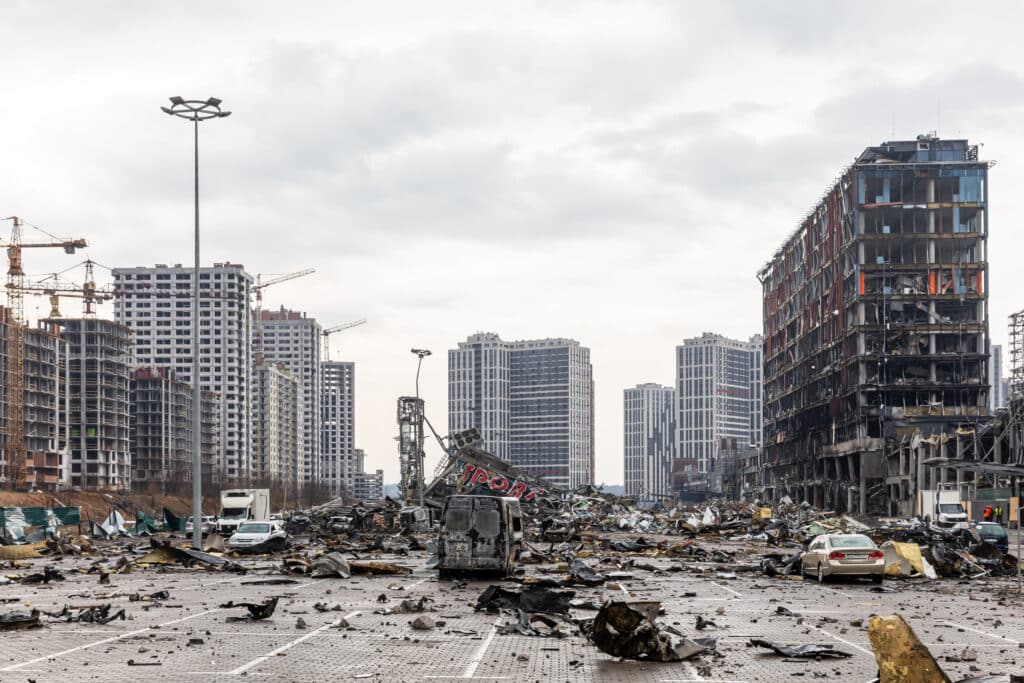
Russia’s invasion of Ukraine, which began on February 24 of 2022, has significantly disrupted energy supply, infrastructure, and logistics across the country. Even though the Poltava oblast has remained largely untouched by military activity Ferrexpo generally exports via rail and barge to Central and Eastern Europe as well as the Black Sea. As a result, the company continues to report logistics difficulties, stating that “logistics remain constrained. Whilst we now have the capacity to produce more, currently, we do not have sufficient availability at alternative Black Sea ports to export more.”
Information on Ferrexpo’ s website indicates that the European Union and Turkey are the majority end user, for directly reduced pellets, at 58%. China and Southeast Asia came in second place at 30%, while Northeast Asia accounted for 8%. North America and the Middle East-North Africa account for 2% and 0.4%, respectively.
MetalMiner’s monthly free MMI report gives monthly price trends for 10 different metal areas, including copper, stainless, aluminum and precious metals. Sign up here!
Other News Affecting Iron Ore Prices
Trading Economics showed that the benchmark 63.5% iron ore was $112.50 per metric ton CFR Tianjin on June 7. This is a 14.2% increase from a low of $98.50 witnessed on May 26.
In other news, Ukrainian flats producer Zaporizhstal announced on June 27 that it had brought its blast furnace No. 3 back on stream. The steelmaker stated that BF 3’s restart will bring Zaporizhstal’s daily pig iron production to 800,000 metric tons per day. The facility had previously taken the furnace down for repairs in late May.
Zaporizhstal has four blast furnaces capable of producing 3.8 million metric tons per year of pig iron. The facility also has seven open-hearth furnaces that can produce up to 4 million metric tons of crude steel.
Are you under pressure to generate steel cost savings? Make sure you are following these 5 best practices.

